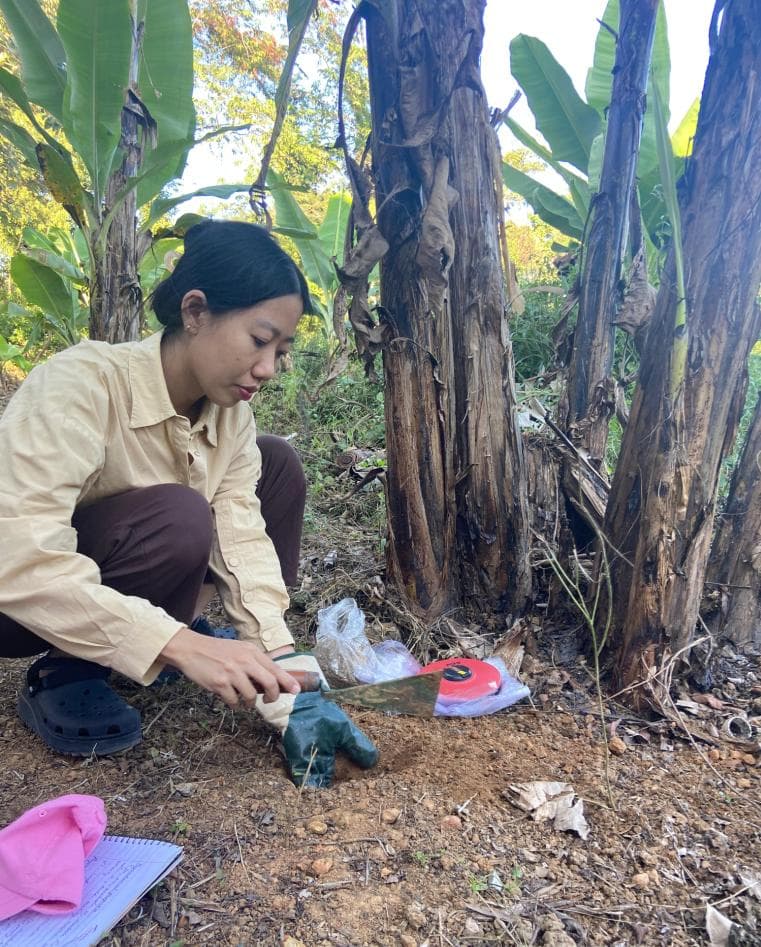A Nagaland University-led study finds rapid soil degradation in six Dhansiripar villages, urging immediate conservation measures to protect agricultural sustainability.
Share

DIMAPUR — A sweeping soil-health assessment across six villages has uncovered unsettling declines in soil quality in Dhansiripar belt, with scientists urging immediate conservation action.
A press release on Monday informed that the distressing findings were revealed by a multi-institute research team—including scientists from Nagaland University (NU).
It warned that prevailing land-use practices are accelerating acidity levels, eroding soil structure and destabilising long-term agricultural productivity.
The study, conducted across six villages—Amaluma, Dhansiripar, Doyapur, Kiyeto, Melongmen and Razhaphe—found strongly to moderately acidic soils (pH 4.9 to 5.9), sharp variations in nutrient availability and signs of declining structural stability, particularly in lowland paddy zones.
Also read: Chümoukedima traders draw line on extortion, outside pressure
According to the researchers, the farmers themselves had raised concerns during field surveys about declining fertility and higher erosion risks.
The findings were published in the peer-reviewed journal Environmental Monitoring and Assessment by the global academic publisher Springer.
Vice Chancellor of NU Prof. Jagadish K Patnaik said that the latest findings underline an “urgent need” for sustainable land-management practices to safeguard the region’s agricultural future and environmental health.
“The research team reports strongly acidic soils, declining structural stability and sharp nutrient variations across the surveyed villages,” he said.
The team—comprising NU scientists and researchers from ICAR–IASRI, the University of California San Francisco, Dibrugarh University, the Tocklai Tea Research Institute and Diphu Medical College—examined how agricultural expansion, urbanisation and forest conversion are impacting soil properties such as bulk density, porosity, water-holding capacity, organic carbon and cation exchange capacity.
Co-author Prof. Manoj Dutta of the School of Agricultural Sciences (NU) said that the comparative analysis across paddy fields, cultivated lands, orchards and forests provided insights often missing in current soil-health literature.
Prof. Tanmoy Karak added that soils in the region are “particularly vulnerable to erosion and fertility loss,” stressing the need for land-use-specific conservation measures.
According to Reshinaro Tzudir, lead author and PhD scholar at Nagaland University, the observed variability and degradation “raise urgent concerns regarding the long-term sustainability of our ecosystems.”
The study’s rigorous statistical approach—using multivariate analysis, PCA and cluster analysis—allowed the team to pinpoint the underlying drivers of soil decline, the press release stated.
Dr. Ranjit Kumar Paul of ICAR–IASRI maintained that the methodology enhances the reliability of conclusions on land-use impacts.